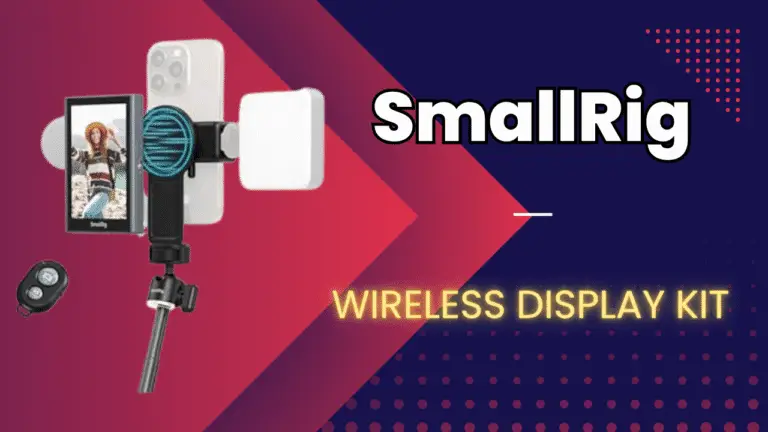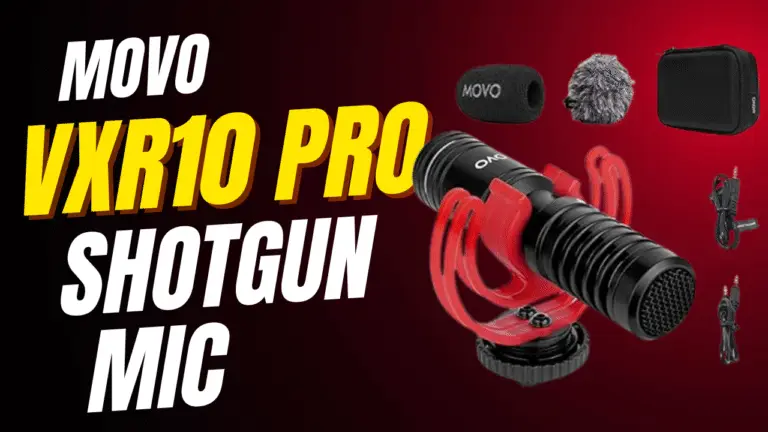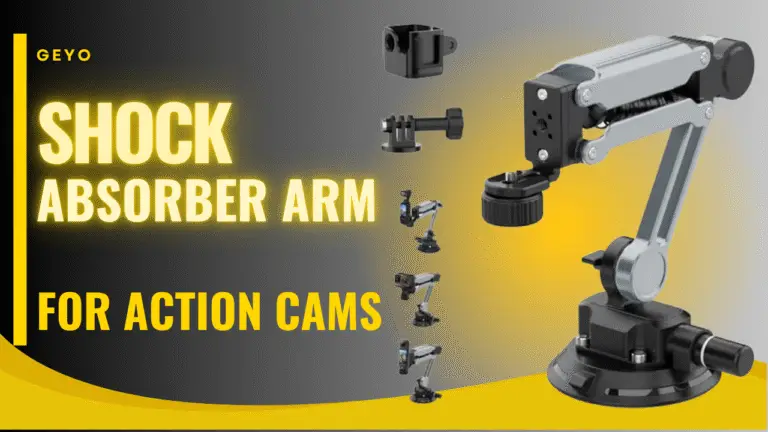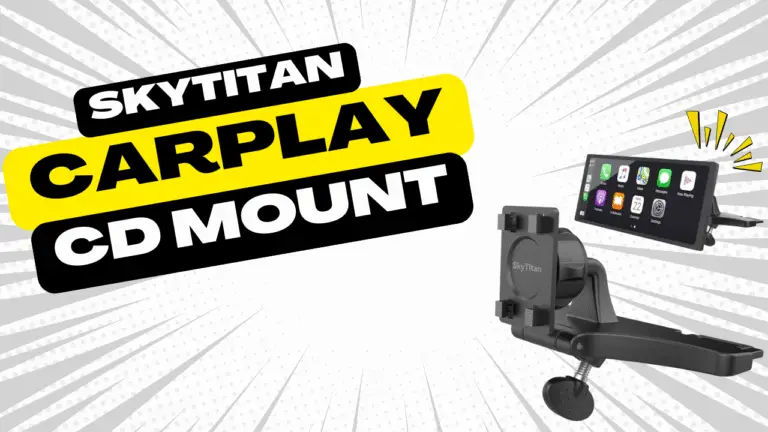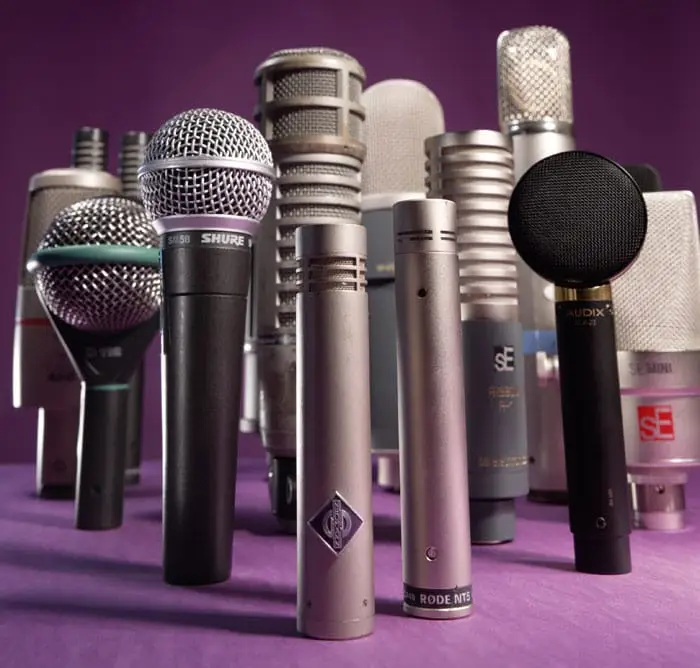
Picture of various microphones
Share this content:
Introduction to Microphones
Microphones serve as crucial audio capturing devices that have revolutionized the way we record sound across various platforms. Their primary function is to convert sound waves into electrical signals, enabling clear and high-quality audio recording. With a myriad of types available, microphones cater to diverse settings, ranging from studio recordings to live performances. The significance of microphones has surged, especially in contemporary content creation practices, such as podcasts, YouTube videos, and live-streamed events.
The role of a microphone extends beyond mere sound capture; it greatly influences the overall quality of audio productions. For podcasters, for instance, a quality microphone can improve vocal clarity, reduce background noise, and enhance the listening experience for audiences. Similarly, in the realm of video production, high-quality audio often complements visual content, elevating the production standard and engaging viewers more effectively. Live performers, too, depend on reliable microphones to ensure their message is delivered authentically and powerfully to live audiences.
Moreover, as content creators continue to seek authenticity and professionalism, investing in quality microphones is not merely an option but a necessity. A well-chosen microphone can dramatically enhance the listening experience, ensuring that even the subtlest of audio nuances, such as vocal inflections or instrument timbres, are captured and reproduced faithfully. In a competitive digital landscape, where content abounds, quality audio can set creators apart and foster deeper connections with their audience.
In understanding the essential role of microphones, content creators can make informed decisions regarding their audio equipment, ultimately leading to more impactful and engaging content. As we delve deeper into this guide, we will explore various microphone types, their distinct features, and how to choose the right microphone for your specific needs.
The Impact of Audio Quality on Content
In the realm of content creation, audio quality is paramount. High-quality audio not only enhances the listening experience but also significantly influences audience engagement and viewing retention. Research suggests that nearly 70% of viewers will abandon online video content due to poor audio quality, demonstrating a clear link between sound fidelity and viewer commitment. This correlation emphasizes the importance of investing in quality microphones and sound equipment for content creators striving to maintain viewer interest.
Moreover, the professionalism of content is often assessed by its audio quality. In various studies, it has been found that audiences equate superior sound quality with greater credibility and authority. For instance, a survey of podcast listeners revealed that 85% of respondents associated clearer audio with more trustworthy content. This perception can ultimately affect the creator’s reputation and audience loyalty, as quality audio fosters a sense of professionalism that can attract a broader audience.
Popular media examples elucidate this concept further. Take the case of successful podcasts and YouTube channels that consistently prioritize high audio standards; their listenership and subscriptions often exceed those of their less attentive counterparts. Not only do these creators focus on high-quality microphones, but many also invest in post-production audio processing to eliminate background noise and enhance vocal clarity. This meticulous approach ensures that the audience remains engaged and immersed in the content, further driving retention rates.
In conclusion, the impact of audio quality in content creation cannot be overstated. It plays a critical role in maintaining audience interest, establishing trust, and showcasing professionalism. As content creators continue to navigate the evolving media landscape, prioritizing audio quality will remain a vital strategy for success.
Types of Microphones
Microphones come in a variety of types, each engineered to serve specific recording needs and use cases. Understanding the different types is essential for anyone looking to enhance their content creation with high-quality audio. The most common types include dynamic, condenser, ribbon, lavalier, and shotgun microphones.
Dynamic microphones are renowned for their durability and ability to handle high sound pressure levels. They are typically used in live performance settings and are excellent for capturing vocals and instruments on stage. However, their frequency response is often limited compared to other types, making them less suitable for delicate sounds.
On the other hand, condenser microphones excel in capturing soft and nuanced sounds due to their sensitivity and broader frequency range. These microphones are often employed in studio recording and voice-over work where clarity and detail are paramount. Nevertheless, they are generally more fragile and susceptible to moisture, making them less ideal for live performances.
Ribbon microphones offer a warm, natural sound that is favored for recording vocals and acoustic instruments. They are particularly praised for their ability to reproduce the nuances of sound, but they are also very delicate and can be damaged easily when exposed to strong sound sources.
Lavalier microphones, or lapel mics, are small, clip-on devices often used in interviews, presentations, and film production. They allow for hands-free operation and provide clear sound quality at close range. However, due to their size, they may capture surrounding noise, which can be a drawback in noisy environments.
Lastly, shotgun microphones are highly directional and designed to capture sound from a specific area while minimizing background noise. This makes them ideal for filmmakers and content creators who need to focus on a particular sound source, such as an interview subject. Yet, they require precise positioning and may not perform well in uncontrolled acoustic environments.
Price Ranges of Microphones
When delving into the world of microphones, one quickly realizes the vast array of options available, each accompanied by a distinct price range. Generally, microphones can be categorized into three main segments: budget-friendly, mid-range, and high-end professional gear. Understanding the nuances between these categories can significantly enhance your content creation experience.
Budget-friendly microphones typically range from $20 to $100. These options are ideal for beginners or those who seek basic functionality without a hefty investment. While they may lack advanced features and superior sound quality, brands like Audio-Technica and Rode offer entry-level models that provide decent performance for podcasting, YouTube videos, or basic recording tasks. However, aspiring creators should proceed with caution, as the adage “you get what you pay for” often holds true, implying that these microphones may not deliver exceptional audio fidelity.
Moving up the ladder, mid-range microphones usually cost between $100 and $500. This price bracket often features more advanced technology, providing a noticeable improvement in sound quality and durability. Brands such as Shure and Sennheiser dominate this segment, offering condenser and dynamic microphones suitable for professional recordings, voiceovers, and live performances. Investing in a mid-range microphone can be worthwhile for content creators looking to elevate their production quality without breaking the bank. My personal favorite is the tried and true broadcaster mic, the RE-20 by Electro Voice. I use it on most all of my content.
Finally, high-end professional microphones can range anywhere from $500 to several thousand dollars. These microphones are often utilized in studio settings and by seasoned professionals. They boast superior construction, advanced features, and exceptional audio quality. Notable brands in this tier include Neumann and AKG, renowned for their precision and reliability. In conclusion, recognizing these price ranges and the associated features can guide content creators in selecting the right microphone that aligns with their specific needs and budget.
Choosing the Right Microphone for Your Needs
Selecting an appropriate microphone is crucial for producing high-quality audio content tailored to your specific requirements. The first step in this process is to consider the type of content you will be creating. For instance, podcasts often benefit from dynamic microphones that excel in capturing vocals while minimizing background noise. On the other hand, if you are engaged in video production, a condenser microphone might be more suitable, as it can capture a broader frequency range and deliver a more polished sound. For live streaming, USB microphones are gaining popularity due to their ease of use and portability.
The environment in which you plan to record is another vital factor. A sound-treated studio space allows for more versatility in microphone selection, as ambient noise is less of a concern. Conversely, if you are recording outdoors or in a noisy setting, opting for a shotgun microphone can help isolate your voice while rejecting unwanted sounds from the periphery. Furthermore, lavalier microphones can be beneficial when you need mobility during interviews or presentations.
Budget is also an essential consideration in the microphone selection process. There are quality options available across a wide price range. Entry-level microphones can still deliver satisfactory audio quality for beginners, while investments in higher-end models can provide durability and superior sound fidelity for seasoned content creators. Additionally, researching various brands and reading user reviews will help you identify options that align with your financial constraints while meeting your audio needs.
By evaluating your content type, recording environment, and available budget, you can make a well-informed decision in choosing a microphone that enhances your audio capabilities and fits seamlessly into your content creation workflow.
Microphone Accessories and Setup
To achieve exceptional audio quality in content creation, understanding essential microphone accessories and proper setup is of paramount importance. Several accessories can enhance the functionality and performance of microphones, ensuring that you capture clear and professional sound. Among the most beneficial accessories are pop filters, shock mounts, microphone stands, and audio interfaces.
Pop filters are critical for reducing plosive sounds that can occur when pronouncing certain consonants, particularly ‘p’ and ‘b.’ By placing a pop filter in front of the microphone, creators can prevent these unwanted noises from interfering with audio quality. This simple device significantly improves vocal recordings, making them more pleasant to listen to.
Shock mounts serve to isolate the microphone from vibrations or handling noise that might disrupt recordings. When a microphone is mounted securely in a shock mount, it is less susceptible to disturbances caused by footfalls, desk movements, or even air disturbances from nearby equipment. Investing in a good shock mount can enhance the overall recording quality.
Proper microphone stands are also essential for achieving optimal positioning. A stable microphone stand allows for precise adjustments, helping audio professionals place the microphone at the best angle for sound capture. This is particularly relevant for dynamic recordings or interviews where the subject may move.
Moreover, audio interfaces play a vital role in connecting microphones to computers or other recording devices. They convert the analog signal from the microphone into a digital format that can be processed by audio editing software. Selecting a high-quality audio interface ensures that your recordings maintain clarity and fidelity.
When it comes to microphone setup and positioning, ensuring that the microphone is placed close to the sound source is crucial. This proximity helps capture the desired audio while minimizing background noise. Adjusting the angle and distance based on the recording environment can further enhance the quality of the sound being captured. By utilizing these accessories and establishing a proper setup, content creators can significantly elevate their audio production standards.
Common Mistakes in Microphone Usage
Content creators often grapple with achieving optimal audio quality, yet many inadvertently fall into common pitfalls related to microphone usage. One of the most frequent mistakes is improper gain settings. Gain essentially controls the microphone’s sensitivity to sound. If set too high, audio can become distorted; conversely, settings that are too low may lead to weak, unclear recordings. To avoid this mistake, it is essential to monitor audio levels using headphones while adjusting the gain to find the sweet spot where sound is clear without distortion.
Another prevalent issue lies in poor microphone placement. Positioning the microphone too far from the sound source results in weak audio signals and can capture excessive background noise. Ideally, the microphone should be placed at a distance that captures the voice clearly while minimizing ambient sounds. Techniques such as using boom arms or shock mounts can help repose microphones at the right angle and distance, thereby enhancing the overall audio quality.
Moreover, neglecting acoustic treatment is a critical oversight that many content creators make. Recording in untreated spaces can lead to unwanted reverberation and echo, distorting the clarity of the sound. Implementing simple acoustic treatments, like using foam panels or heavy curtains, can significantly improve the recording environment. It is advisable to test different setups to identify which arrangements yield the best sound quality.
In addition to these mistakes, overlooking post-production efforts, such as audio equalization and noise reduction, can hinder the final output. Addressing these common pitfalls not only enhances the recording process but ultimately elevates the quality of the content being produced. Taking proactive steps towards proper microphone usage is essential for achieving high-fidelity audio that engages audiences effectively.
Trends in Microphone Technology
Recent developments in microphone technology have significantly transformed the landscape of audio recording, enhancing both quality and user experience for content creators. One of the most notable advancements is the rise of digital microphones. Unlike traditional analog microphones, digital microphones convert sound waves into a digital signal at the point of capture. This transformation allows for improved sound fidelity, reduced interference, and easier integration with digital audio workstations (DAWs), making them a preferred choice for professionals in the field.
Another key trend is the advancement of wireless microphone systems. Traditionally, wired microphones limited the mobility of content creators, often restricting them to fixed locations. However, modern wireless systems have overcome these limitations with advanced technology that offers reliable transmission over substantial distances without compromising on sound quality. With features such as advanced encryption, embedded audio compression, and low latency, these systems provide a robust solution for capturing clear audio in dynamic environments, such as live events and outdoor filming.
Additionally, smart microphones are emerging as a revolutionary tool for content creation. These devices often come equipped with artificial intelligence capabilities that enhance sound capture by automatically adjusting settings based on the environment. Features like noise cancellation, automatic gain control, and voice recognition allow creators to focus more on their content rather than the technical aspects of audio recording. Smart microphones also integrate seamlessly with various devices and platforms, facilitating a streamlined content creation process.
In summary, the latest trends in microphone technology, including digital models, wireless systems, and smart microphones, showcase a significant evolution in audio recording capabilities. These innovations are designed not only to elevate audio quality but also to enhance the convenience and effectiveness of content creation, enabling creators to produce professional-grade audio with greater ease.
Conclusion: Investing in Quality Audio
As we have explored throughout this guide, the significance of quality audio in content creation cannot be overstated. High-quality microphones can transform the listening experience, thereby engaging your audience more effectively. In today’s digital landscape, where content is abundant and competition is fierce, ensuring that your audio stands out is vital. Investing in a quality microphone is not merely an expense; it is an essential step toward elevating your content’s overall quality.
Throughout our discussion, we have highlighted various types of microphones, each tailored to specific needs and environments. Whether you opt for a dynamic, condenser, or lavalier microphone, understanding the strengths and weaknesses of these devices will empower you to make informed decisions. Additionally, we examined how audio quality directly impacts viewer retention and audience engagement—critical metrics that can dictate the success or failure of your content. A clear, crisp, and well-balanced audio track enchants the listener and establishes a sense of professionalism, which can significantly enhance your brand’s reputation.
As you reflect on your current audio solutions, consider the potential benefits of upgrading your equipment. There is a wide array of microphones available that cater to different budgets and requirements. Investing in a better microphone could yield substantial returns in terms of audience reach and the effectiveness of your message. Remember, quality audio does not just improve the auditory experience; it contributes to an overall polished presentation that can captivate your audience.
In conclusion, prioritizing the quality of your audio equipment is a crucial aspect of content creation. It is an investment that pays dividends in the long run, helping you to elevate your content, connect authentically with your audience, and stand out in a crowded marketplace.








